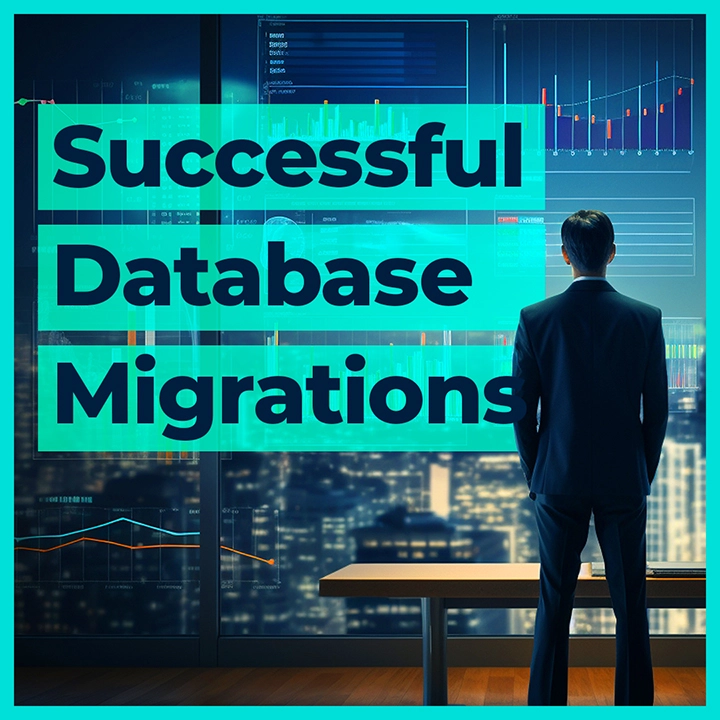News: Best Practices for Successful Database Migrations: A Comprehensive Guide
Source: theventurecation.com
In the fast-paced realm of data management, database migrations are a common occurrence for organizations seeking to enhance performance, adopt new technologies, or consolidate systems. However, executing a database migration successfully requires careful planning, meticulous execution, and adherence to best practices. In this guide, we’ll explore the top strategies and tips to ensure a smooth and successful database migration process.
Understanding Database Migrations
Before diving into best practices, let’s clarify what a database migration entails. A database migration refers to the process of transferring data from one database system to another. This could involve moving data between different database platforms, upgrading to a newer version of the same database software, or migrating data to a cloud-based solution.
Why Database Migrations Matter
Database migrations are critical for maintaining data integrity, optimizing performance, and enabling scalability. By migrating databases strategically, organizations can unlock new features, improve security measures, and ensure compliance with evolving regulations. Additionally, database migrations empower businesses to streamline operations, enhance resource utilization, and drive innovation.
Best Practices for Successful Database Migrations
Thorough Planning and Assessment: Before initiating a database migration, conduct a comprehensive assessment of your current database environment. Understand data volume, schema complexity, and performance metrics to inform your migration strategy effectively. Develop a detailed migration plan, including timelines, milestones, and resource requirements.
Data Backup and Disaster Recovery
Prioritize data backup and disaster recovery mechanisms to mitigate risks associated with data loss or corruption during migration. Implement robust backup solutions and test disaster recovery procedures to ensure data integrity and business continuity throughout the migration process.
Testing and Validation
Invest time and resources in thorough testing and validation procedures to verify data integrity, system functionality, and performance post-migration. Conduct pre-migration testing in a controlled environment to identify and address potential issues before migrating to production.
Incremental Migration Approach
Consider adopting an incremental migration approach to minimize downtime and mitigate risks associated with large-scale migrations. Break down the migration process into smaller, manageable tasks and execute them incrementally, allowing for easier rollback and troubleshooting if issues arise.
Performance Monitoring and Optimization
Monitor system performance closely during and after the migration process. Conduct performance tuning and optimization activities post-migration to address any performance bottlenecks or inefficiencies. Regularly monitor system health and performance metrics to ensure optimal functionality.
Communication and Collaboration
Foster open communication and collaboration among stakeholders, including IT teams, database administrators, developers, and business users. Establish clear channels for communication, provide regular updates on the migration progress, and address any concerns or questions promptly.
Successful database migrations require careful planning, execution, and ongoing maintenance. By following best practices such as thorough planning and assessment, robust backup and disaster recovery measures, incremental migration approaches, and effective communication and collaboration, organizations can minimize risks and maximize the benefits of database migrations. Whether you’re upgrading to a new database platform, transitioning to the cloud, or optimizing existing systems, adherence to best practices is key to achieving success in database migrations.
CloudBacko Comment
In successful database migration, you can minimize the risk of data loss or corruption with robust #backup and data recovery. #CloudBacko, backup by your side. Cost is as low as USD1.5/100GB. Check it out.
